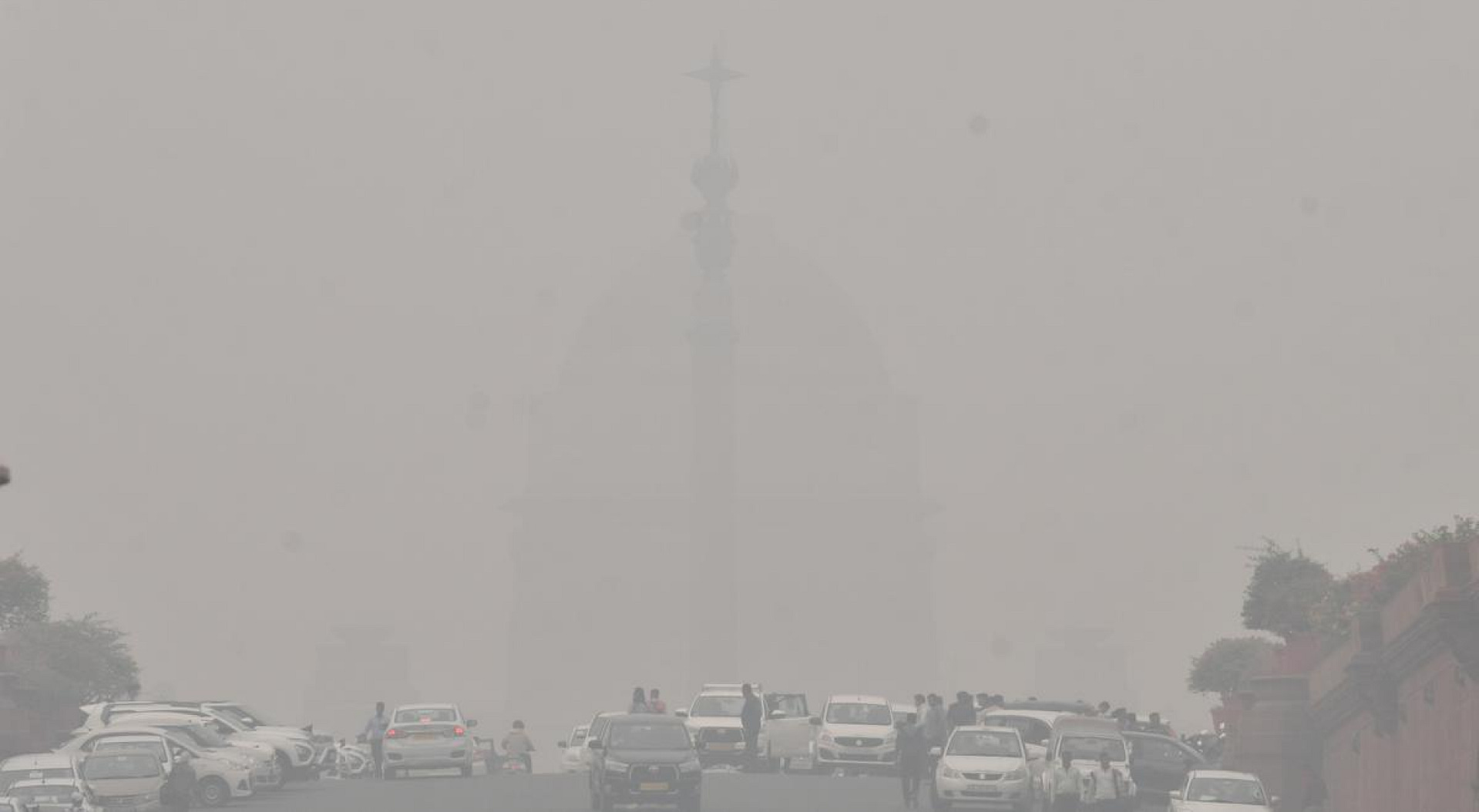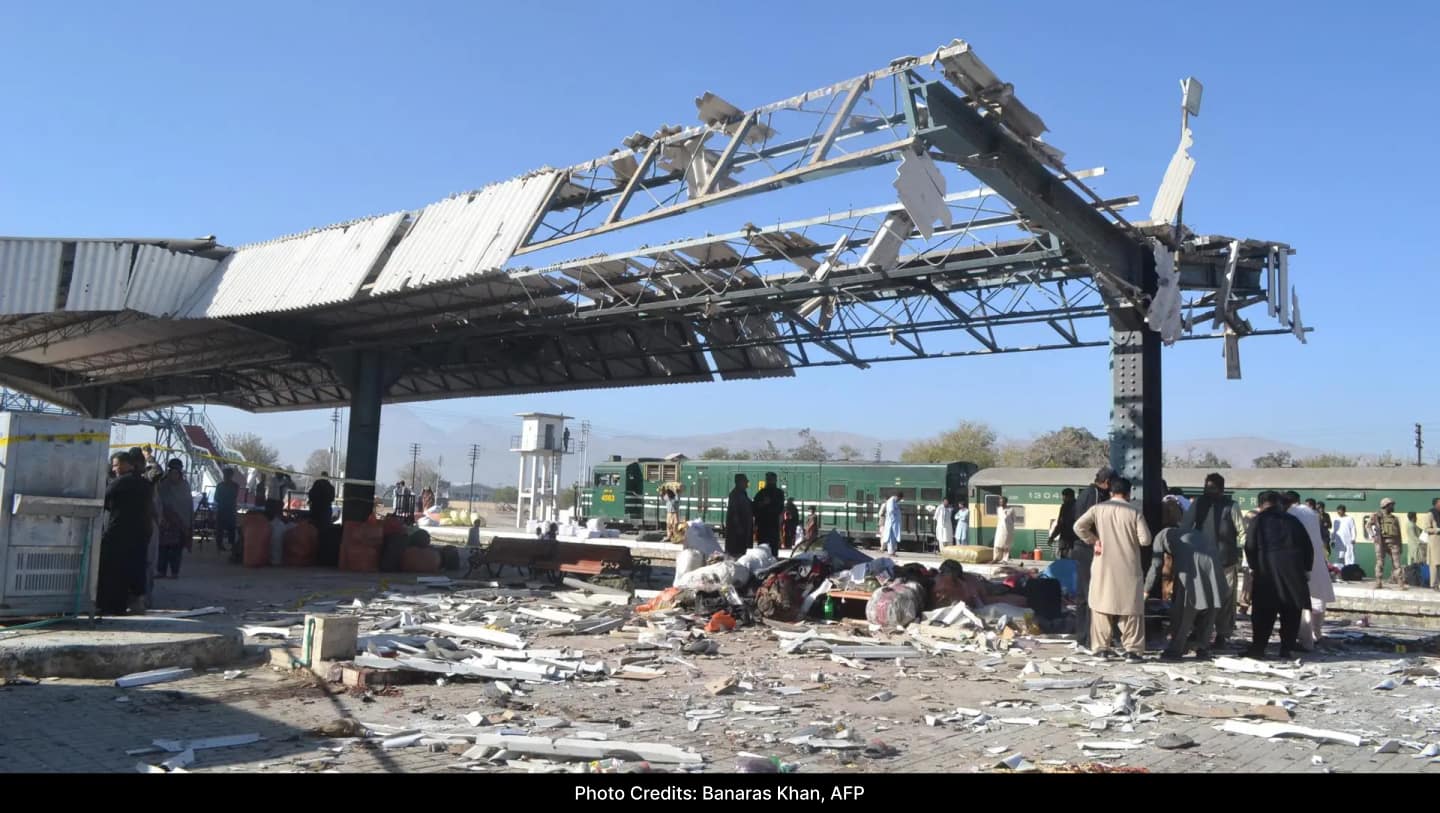Delhi’s air quality reached record highs on Friday and thick toxic smog enveloped the city, marking the start of the pollution season that has become an annual disaster for the Indian capital.
Schools were closed and non-essential construction was banned around Delhi as the city’s air quality index reached 500 – the highest the measurement can reach and 100 times the limit considered healthy by the World Health Organization (WHO).
Air quality in the city has declined over the past week, driven by a surge in farmers in the neighboring states of Haryana and Punjab burning their fields during the crop-planting season, aided by winds that carried pollutants into Delhi and a drop in temperatures. particle capture.
In recent days, the state of Punjab has seen a 740% increase in farm fires, with more than a thousand recorded in a single day. Other causes of pollution in the city are emissions from automobiles, construction, and the burning of garbage in landfills.
However, Delhi’s pollution early warning systems reportedly failed to predict another rapid deterioration in conditions late on Thursday.
Delhi, home to about 33 million people, is regularly ranked among the world’s most polluted cities. According to this year’s Air Quality Index, compiled by the University of Chicago’s Energy Policy Institute, people in Delhi could have their lives shortened by 11.9 years because of the bad air they breathe.
Doctors in Delhi said they have already begun to see the harmful effects of pollution on the city’s residents. “The number of patients with respiratory problems increased, there were more people with coughs, colds, watery eyes and eye irritation and breathing problems. This applies to people of all ages. It’s time we wear masks and go out only when needed,” said Nikhil Modi, a doctor at Delhi’s Apollo Hospital.
According to the Central Pollution Control Board, Delhi’s pollution levels in October were the worst since 2020.
Despite the Aam Admi Party (AAP)-led Delhi government insisting it has an action plan on pollution, the sharp drop in air quality that blights the lives of Delhiites every year seems to have little impact, usually between November. and January.
Methods the AAP government has used to tackle pollution include sprinkling water on roads to reduce dust and building two 80-foot-tall “smog towers,” each costing more than $2 million to clean the air, but were considered by scientists to be highly measures ineffective.




